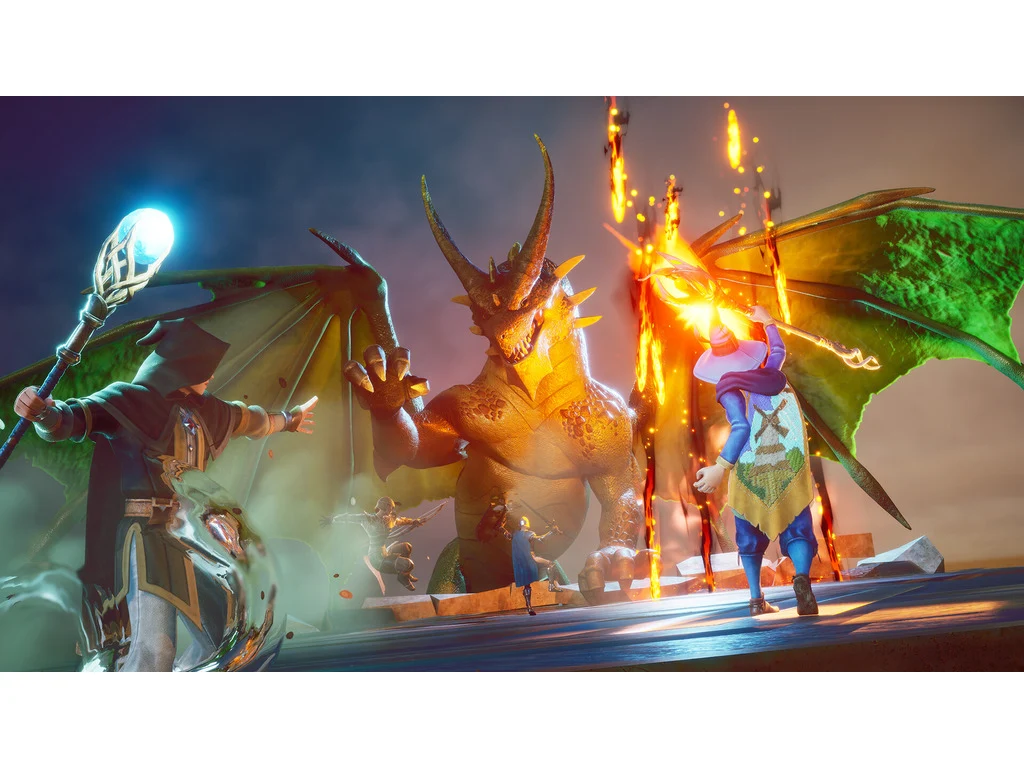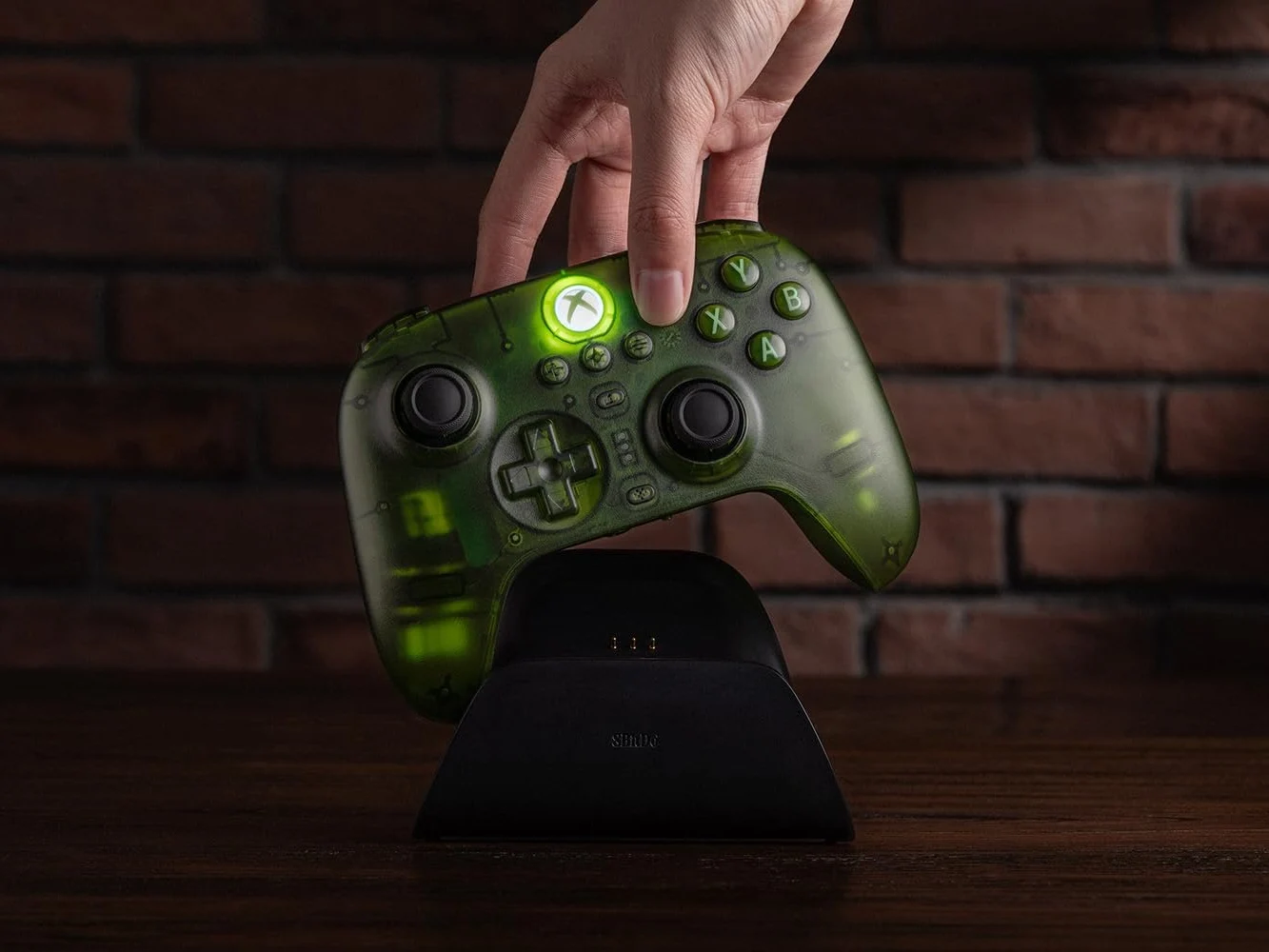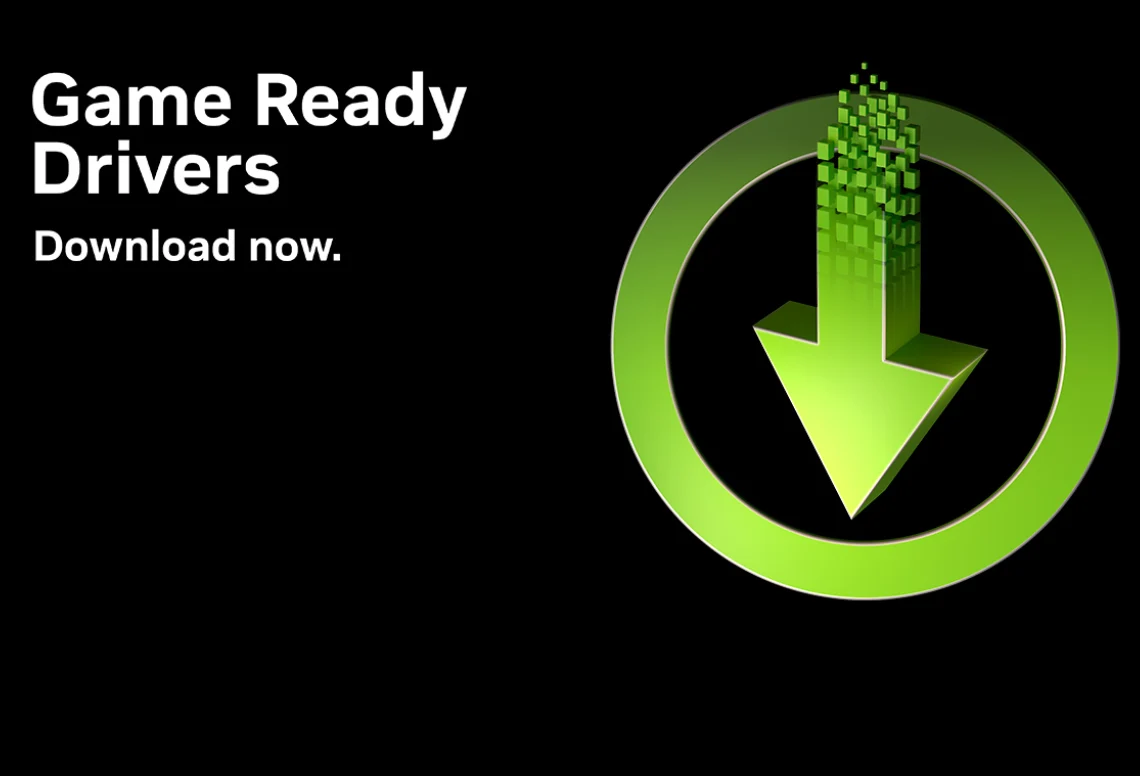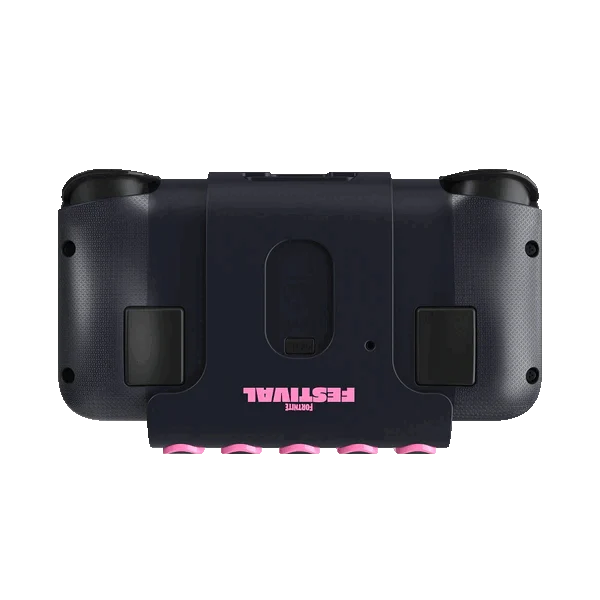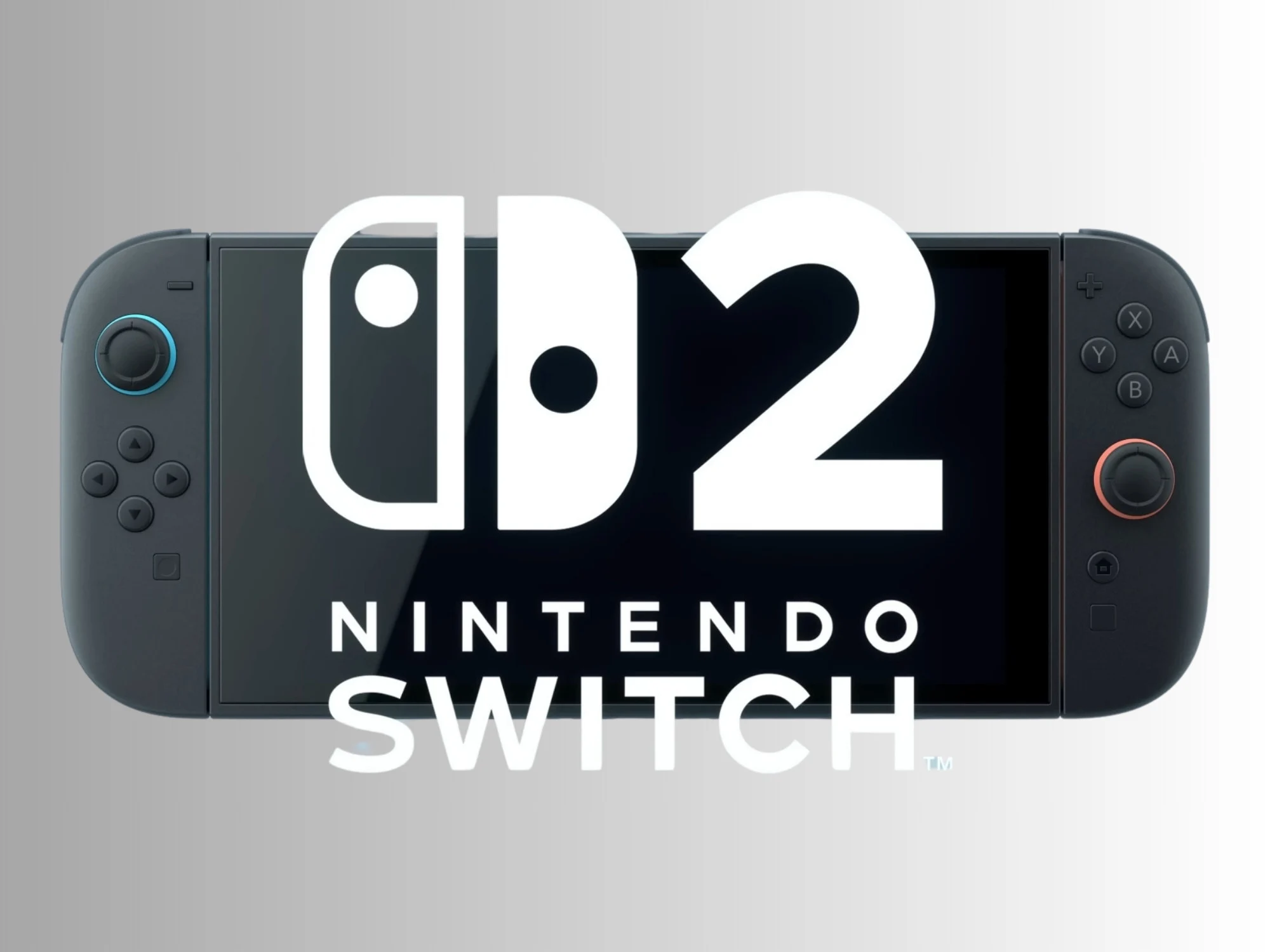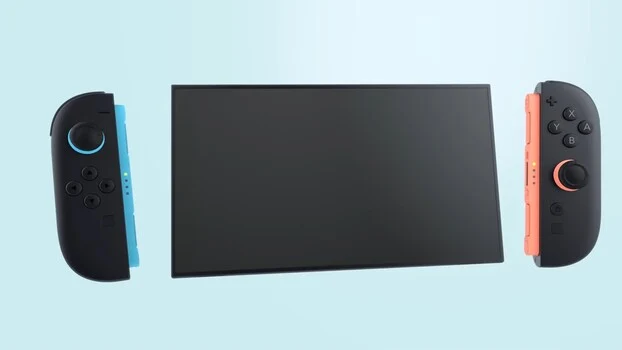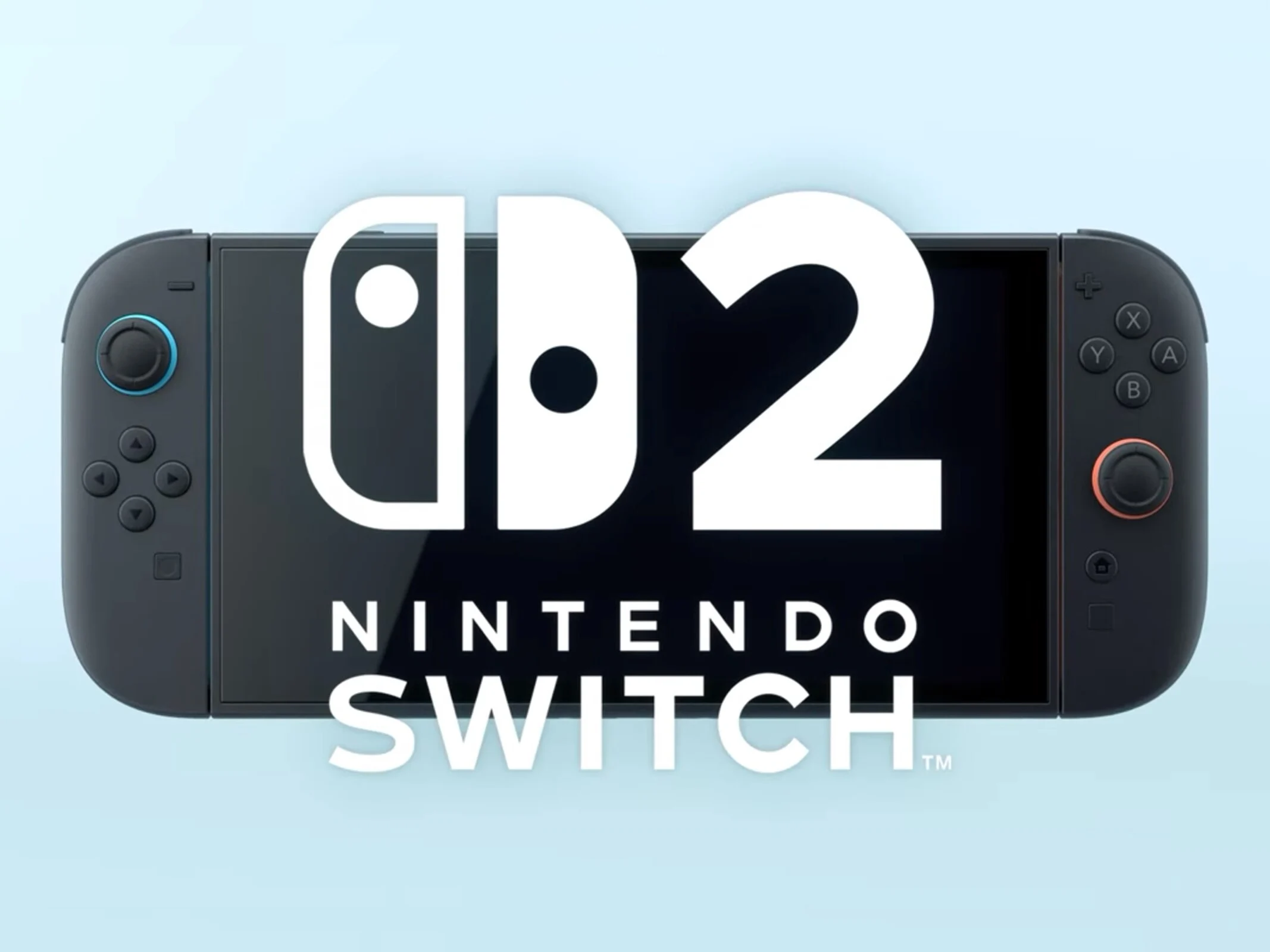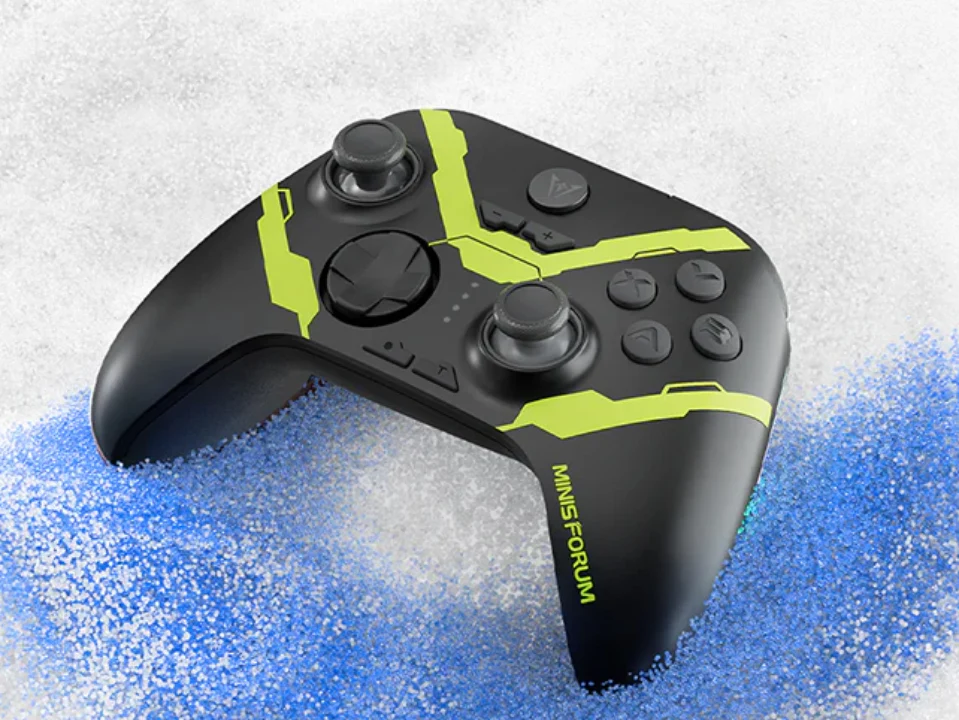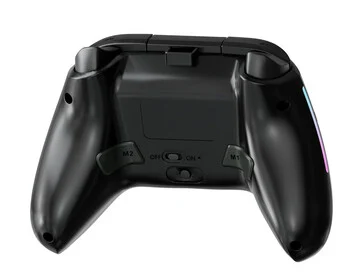Key Takeaways
1. Dragonwilds is a new open-world survival game set in the Runescape universe, focusing on base building and familiar skills like cooking and mining.
2. Unlike Runescape, Dragonwilds will be a co-op game for up to four players, emphasizing skill leveling and a rewarding progression system.
3. A new team of industry experts is developing Dragonwilds to ensure it feels authentic to the Runescape universe and appeals to both fans and new players.
4. Players will aim to defeat the Dragon Queen by gathering resources, building structures, and enhancing their skills in the newly introduced region of Ashenfall.
5. Jagex plans to use community feedback to shape game updates after its Early Access launch on Steam in the Spring.
Jagex, the creator of the popular MMO Runescape, has revealed a new game called Dragonwilds. This game will be an open-world survival spin-off that takes place in the same universe. Players can look forward to encountering familiar monsters, engaging in skills like cooking and mining, as well as participating in survival elements like base building.
A Different Kind of Game
The developers clarified that Dragonwilds won’t be an MMO; instead, it will be a co-op game for four players. The game will focus on what made Runescape engaging—leveling up skills and having a rewarding progression system that values time and dedication.
Team Behind the Game
Jon Bellamy, the CEO of Jagex, shared with GamesRadar (through Yahoo Tech) that they have created “a brand new team comprised of industry experts” to ensure Dragonwilds feels like a natural part of the Runescape universe. The game is designed for both “our biggest fans and completely new players.”
The Adventure Awaits
The goal in Dragonwilds is to defeat the Dragon Queen. To achieve this, players will need to gather resources, build structures, and work on improving their skills to assist in their journey. The setting is Ashenfall, a fresh area in Gielinor, located on an unexplored continent enveloped by Anima.
The game boasts two regions and up to five distinct biomes to discover, with the possibility of adding more after the launch during Early Access. While it’s not set in the exact same spot as Runescape, players can expect to find some recognizable landmarks and foes, albeit altered by Anima, which is a magical element within the Runescape world.
Community Engagement
Similar to Old-school Runescape (OSRS), Jagex has committed to a community-focused feedback system. This will help shape the game’s updates once it becomes available on Steam Early Access in the Spring.
Source:
Link

